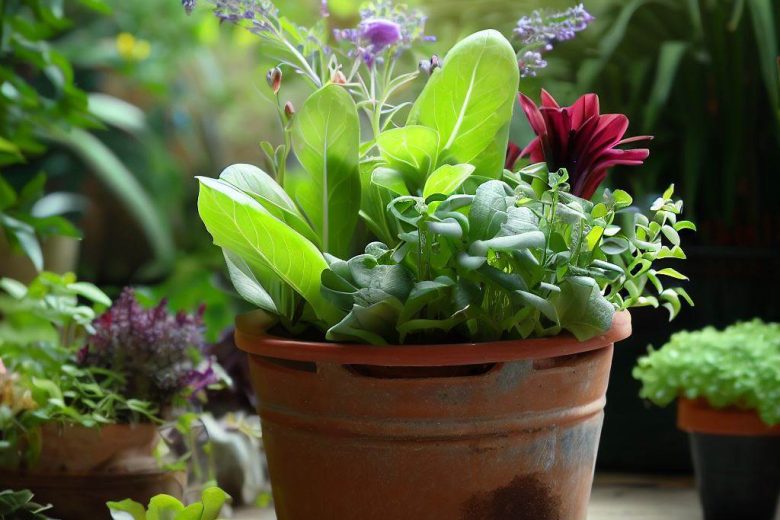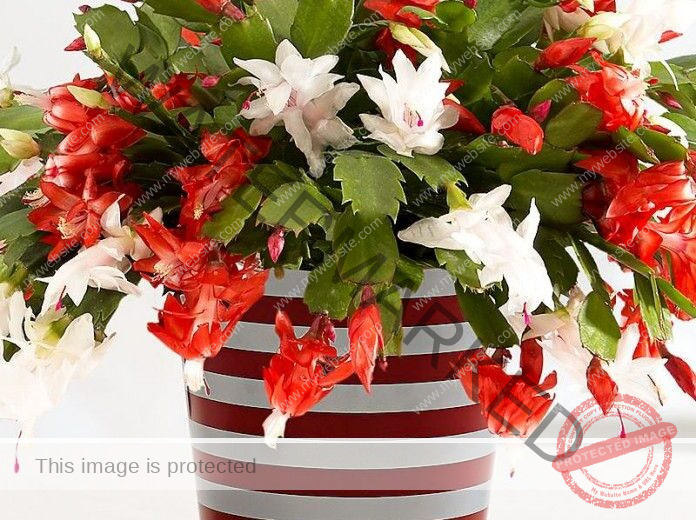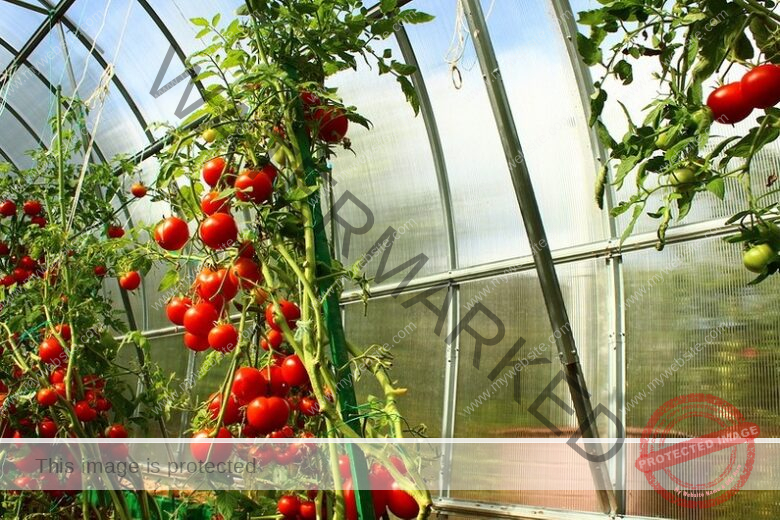Dragon fruit, also known as pitaya or pitahaya, is one of the most exotic and visually stunning fruits in the world. With its vibrant skin, unique textures, and sweet yet slightly tangy flavor, dragon fruit has captured the imagination of fruit enthusiasts, gardeners, and foodies alike. Beyond its remarkable appearance, dragon fruit boasts numerous health benefits, being rich in vitamins, antioxidants, and dietary fiber, making it a staple in many health-conscious diets.
As a tropical fruit originating from Central and South America, dragon fruit thrives in warm climates and has adapted well to other regions, including Southeast Asia and parts of the United States. With increasing demand for this nutrient-rich superfruit, breeders and farmers have developed many cultivars to suit diverse tastes and growing conditions. Whether you’re looking for a variety with exceptional sweetness, stunning colors, or high productivity, there’s a dragon fruit cultivar to meet your needs.
In this article we will talk about 12 of the best dragon fruit cultivars, showcasing their unique characteristics, growing tips, and ideal uses. From popular varieties like ‘Vietnam White’ to rare hybrids such as ‘Asunta,’ we’ll explore what makes each cultivar stand out. Whether you’re a gardener planning to grow pitayas or a consumer eager to learn about this fascinating fruit, this guide will provide valuable insights.
12 of The Best Dragon Fruit (Pitaya) Cultivars
1. Vietnam White (Hylocereus undatus)
Description: One of the most widely grown dragon fruit varieties, Vietnam White features white flesh and bright pink skin with green-tipped fins. This cultivar is popular for its mild, sweet flavor and juicy texture.
Growing Tips:
- Thrives in well-draining, sandy soil with full sun exposure.
- Requires moderate watering, allowing the soil to dry out between sessions.
- It is a fast-growing variety, often producing fruit within 12-18 months.
Best Uses: Ideal for smoothies, salads, and fresh eating due to its mild flavor.
2. Red Jaina (Hylocereus polyrhizus)
Description: Known for its vibrant red flesh and slightly tart flavor, Red Jaina is a favorite among dragon fruit enthusiasts. Its skin is dark pink with pronounced green fins.
Growing Tips:
- Prefers warm, tropical climates but can tolerate cooler temperatures compared to other varieties.
- Prune regularly to encourage airflow and reduce the risk of fungal diseases.
- Flowers are self-pollinating, making it an excellent choice for home growers.
Best Uses: Perfect for juicing, as its deep red color adds a striking visual appeal.
3. Yellow Pitaya (Selenicereus megalanthus)
Description: This variety stands out with its bright yellow skin and small, spiky fins. The flesh is white and exceptionally sweet, often considered the sweetest of all dragon fruit cultivars.
Growing Tips:
- Requires slightly more care due to its slower growth rate and smaller plant size.
- Perform hand pollination to maximize fruit yield.
- Prefers consistent warm temperatures and well-drained soil.
Best Uses: Best enjoyed fresh to fully appreciate its intense sweetness.
4. American Beauty (Hylocereus guatemalensis)
Description: American Beauty boasts a deep magenta flesh with a rich, mildly sweet flavor. Its skin is bright pink with green-tipped fins, and it is prized for its high productivity.
Growing Tips:
- This variety requires cross-pollination for optimal fruit set. Plant it near other cultivars for better results.
- Protect from frost; it’s best suited for USDA zones 10-11.
- Regular feeding with balanced fertilizer promotes vigorous growth.
Best Uses: Excellent for desserts, sorbets, and fruit platters.
5. Asunta Series
Description: The Asunta series includes several hybrids, such as Asunta 3 and Asunta 4, known for their unique pink-to-purple flesh and exceptional sweetness. These hybrids often feature floral undertones in their flavor profile.
Growing Tips:
- Grows well in partial shade, making it suitable for diverse climates.
- Requires trellising for support as it can grow vigorously.
- Cross-pollination enhances fruit production.
Best Uses: Best for exotic dishes and gourmet recipes due to their distinctive flavor.
6. Condor (Hylocereus undatus)
Description: Condor is a large, highly productive variety with vibrant magenta flesh. It is known for its balance of sweetness and acidity, making it a versatile cultivar.
Growing Tips:
- Prefers full sun and a sturdy support structure to handle its heavy fruit.
- Ensure proper drainage to avoid root rot.
- Flowers are self-pollinating, simplifying cultivation.
Best Uses: Ideal for juices and smoothies due to its balanced flavor.
7. Delight (Hylocereus hybrid)
Description: Delight is a hybrid variety with light pink flesh and a smooth, sweet taste. It is a favorite among hobby growers for its manageable size and prolific fruiting.
Growing Tips:
- Requires hand pollination for higher fruit yield.
- Avoid overwatering, as this can lead to root issues.
- Prune regularly to manage growth and maximize sunlight exposure.
Best Uses: Perfect for fresh consumption and garnishing dishes.
8. Halley’s Comet (Hylocereus undatus x polyrhizus)
Description: A hybrid with purple flesh, Halley’s Comet combines the sweetness of white varieties with the rich color of red ones. Its skin is bright pink with green accents.
Growing Tips:
- Provide sturdy trellising to support its weight as it matures.
- Use organic compost to enrich the soil and boost fruit quality.
- Flowers are self-sterile, so cross-pollination is required.
Best Uses: Great for jams, jellies, and desserts.
9. Natural Mystic (Hylocereus polyrhizus)
Description: Natural Mystic is a red-fleshed variety with a slightly tangy flavor profile. Its fruit is medium to large and has smooth, semi-thick skin.
Growing Tips:
- Benefits from consistent pruning to improve airflow and sunlight penetration.
- Thrives in subtropical and tropical climates.
- Apply organic mulches to retain moisture and improve soil fertility.
Best Uses: Ideal for juicing and adding vibrant color to fruit salads.
10. Pink Panther (Hylocereus hybrid)
Description: Pink Panther features light pink flesh with a mild sweetness. Its skin is a deep pink with shorter fins, making it visually appealing.
Growing Tips:
- Requires partial shade in hotter climates to prevent sunburn.
- Hand pollination improves fruit size and yield.
- Regular watering is necessary, but avoid waterlogging.
Best Uses: Suitable for cocktails and fruit displays due to its unique color.
11. Purple Haze (Hylocereus undatus x polyrhizus)
Description: Purple Haze is a hybrid known for its stunning purple flesh and sweet, floral taste. It produces large, eye-catching fruits.
Growing Tips:
- Prune aggressively to encourage robust fruiting.
- Use balanced fertilizers during the growing season for optimal growth.
- Cross-pollinate with compatible varieties for maximum yield.
Best Uses: Perfect for making smoothies, ice creams, and sorbets.
12. Zamorano (Hylocereus polyrhizus)
Description: Zamorano is a rare variety with deep red flesh and a sweet, earthy flavor. Its fruits are medium to large, with thick skin.
Growing Tips:
- Requires plenty of sunlight and a sturdy trellis system.
- Regular feeding with potassium-rich fertilizers boosts fruit sweetness.
- Hand pollination ensures consistent fruiting.
Best Uses: Best suited for fresh eating and gourmet recipes.
Conclusion
Dragon fruit cultivars offer incredible diversity in flavor, color, and growing requirements. From the intense sweetness of Yellow Pitaya to the visually striking Purple Haze, these varieties cater to different preferences and uses. Whether you’re a home gardener, a commercial grower, or a fruit lover, exploring these cultivars can help you appreciate the versatility of dragon fruit. With proper care and cultivation techniques, you can enjoy this tropical treasure in its many delightful forms.




